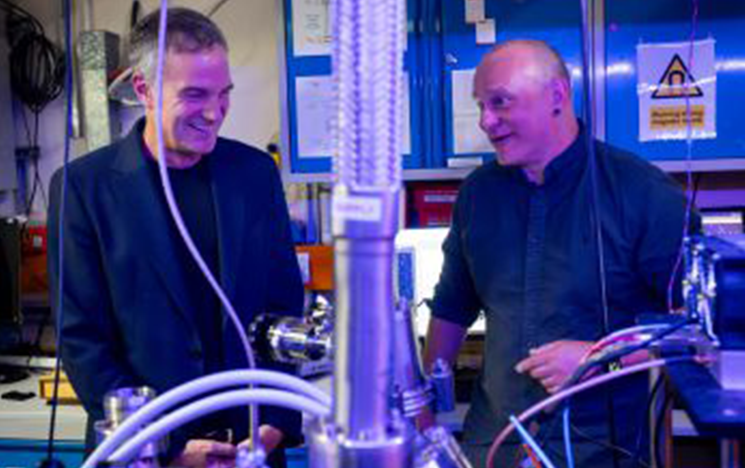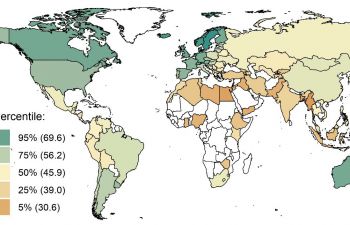News
Discover the latest news and features about our research, our people and our University.
UK to rejoin the Erasmus study program
Vice-Chancellor, Professor Sasha Roseneil comments on the news that the UK will rejoin the scheme. The University of Sussex was one of the first universities to welcome an Erasmus student in 1987.
Unlocking our potential
Discover research that’s driving progress for our planet and its people, built on a belief that any challenge is only #ImpossibleUntilDone.
Our University
Our people
Our research
Explore our blogs and podcasts
From Brexit to student life - see what we’re blogging about and listen to our podcasts.







